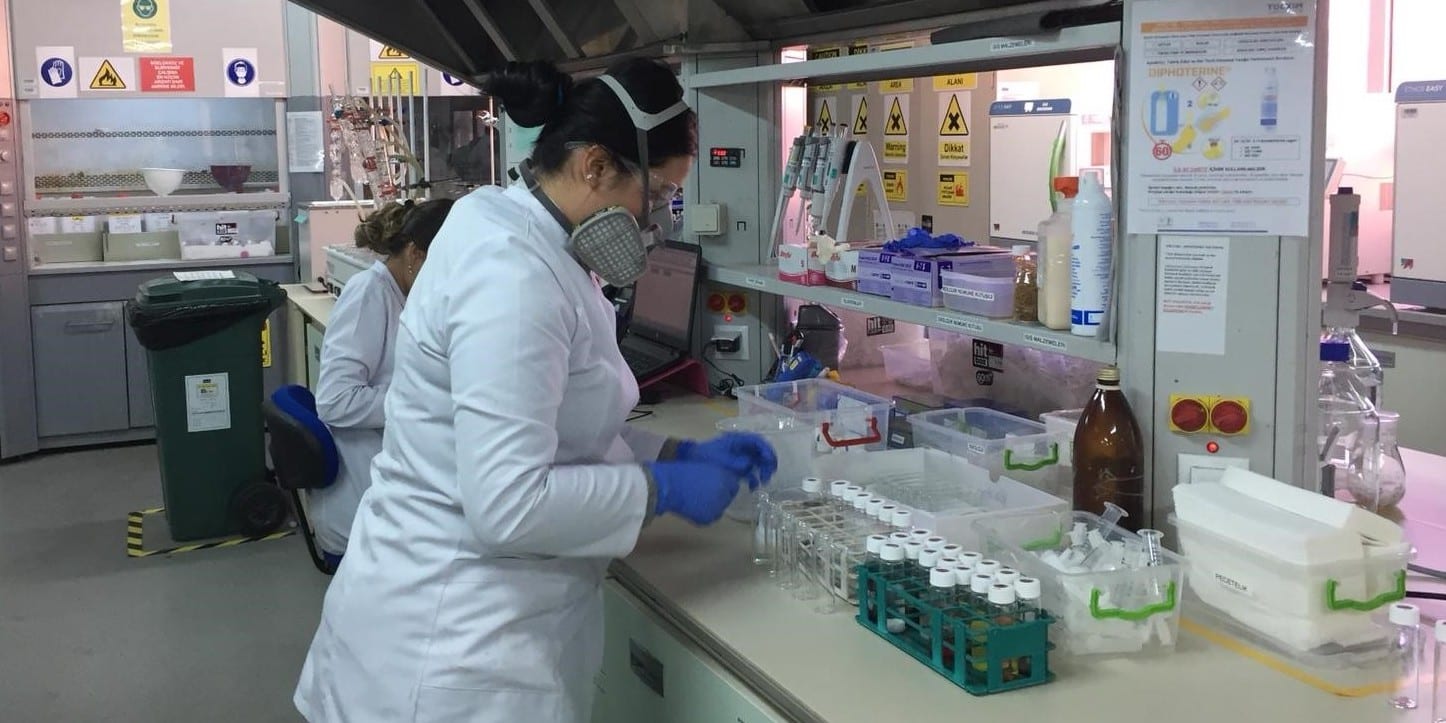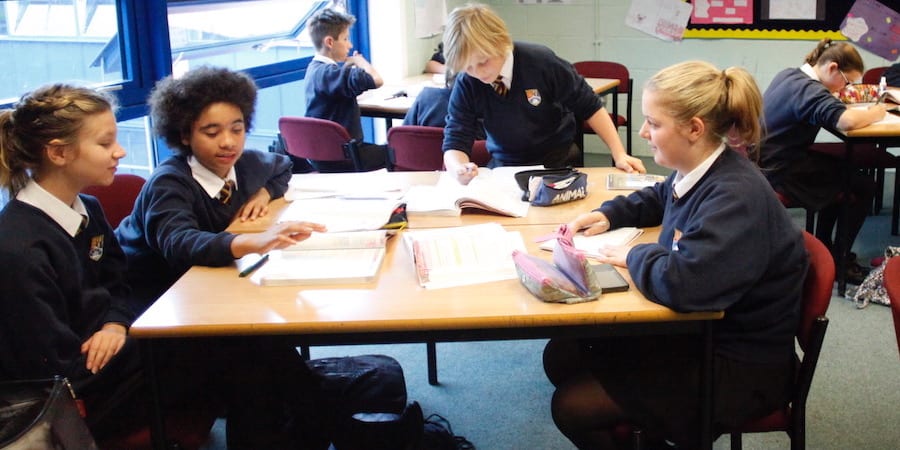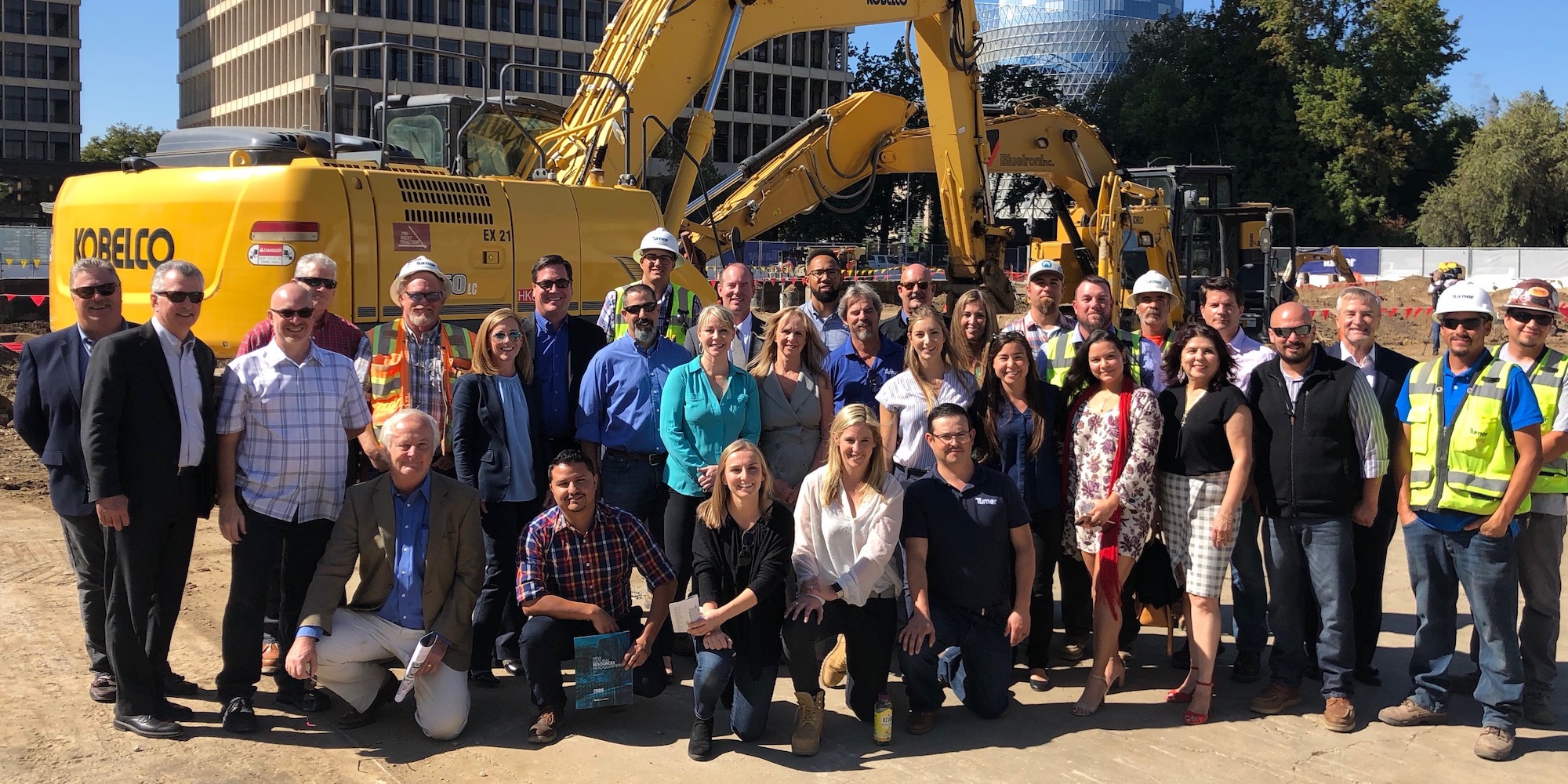
A lean improvement lab in Turkey
CASE STUDY – A laboratory testing services firm in Istanbul has turned to lean management to reduce complexity, shorten lead-times, and make its growth sustainable.
Words: Banu Özkaya Yarbaş, Zeynep Akın, and Nida Gelibolu
Our journey began in 2014, when Müge Heneghan, Country Managing Director of Intertek Turkey, asked Lean Institute Turkey to provide training to managers, team leaders and supervisors in all our departments (our coach Ülkü Kulaç is still providing us with tremendous help). Following that, we decided to run a pilot project in the Softlines business, which represents most of our work. We formed the pilot teams and started to arrange weekly meetings and monthly report-outs with the institute.
Our coach helped us to identify the right process metrics and pave the way for the success of that first experiment. Once we achieved the first results, we quickly decided to start new projects in other operations. After seeing the advantages of lean management, we started to notice lots of improvement opportunities. Therefore, projects kept on coming – we are currently engaging with supporting functions like HR.
As a business, we needed to find ways to make faster decisions in the face of great complexity in our processes. We wanted to become more adaptable and competitive. In other words, our goal and our reason for turning to lean thinking was to make our growth sustainable. (We couldn’t solely rely on the growth of the market.)
THE PROCESS, AND THE CHANGES
Textiles, toys, footwear, electrical goods, chemicals, food… you name it, we test it! Intertek relies on the strong technical knowledge of its workforce to perform testing, inspection, and auditing. We also provide certification and assurance services.
The varied nature of our work means we have a lot of complexity to deal with: the tests we have to perform vary for each client, each work might entail several different tests (our textile lab, for instance, runs about one thousand each day), and the time these tests take ranges from a couple of minutes to hundreds of hours.
We operate in a sort of low-volume, high-mix environment, in which a lot of different departments need to collaborate, there are lots of handovers and the very technical information we require is buried in giant manuals full of SOPs.
The process starts at the sample reception unit down at Customer Relations (as the point of contact with the client, everything starts and ends with them). There, the sample is registered before heading up to the labs. After the testing is performed, we prepare the report, send it to the customer and invoice. Before we adopted lean thinking, we had an unbalanced distribution of workload, which resulted in a lot of overtime.
Improvement is taking place across Intertek these days, but the two most successful changes were perhaps in our testing process (azo dye analysis) in Softlines & Hardlines and in the Food testing services. They are certainly the ones whose impact was most visible.
To improve our approach to performing azo dye analysis – a method that determines the cancerogenic dyestuff in products like garments, leather shoes and bags – we started by identifying the four key steps in the process (sample preparation and entry to lab, chemical operations, instrumental analysis, and reporting the result) and creating cross-functional teams to examine each of them. Every part of the process was further subdivided in steps (for instance, the sample preparation and entry to the lab stage was divided into the following steps: description, cutting, weighing, sewing and transferring to the test tube). We timed each step, drew a value stream map and created testing flow charts, which allowed us to point out bottlenecks and pain points. This is when we rearranged the laboratories, using 5S principles, to create a better workflow.
We got remarkable results in each of the four stages of the process, reaching a 33% overall improvement in the total time required to perform test in the lab and increasing our daily capacity by 40%. Overtime went down 47%, we recovered 7% of our total lead-time and first-time-accurate reporting went up 20%.
Our lean work in the food testing laboratory also achieved significant results. We optimized our process of matching test samples and quotes – there is always room for improvement, and innovation. By calculating our lead-time and applying the A3 thinking problem solving method, we found our countermeasures: first, we revised the quotation forms to include a chart in which all the relevant information must be listed; secondly, we introduced standardized worksheets that always travel with the samples, specifying what tests have to be performed and what the results are. Additionally, we have reduced the number of sample movements from 11 to 7, which cut our lead-time by 30%, by creating a sample preparation laboratory where all samples are homogenized.
As a result of the lean improvements, the volume of transactions in the food laboratory grew by 33%, our percentage of adherence to promised completion time went up 1% (not bad, considering we are still growing) and our rework decreased by 7%. The improvement work also had an impact on customer satisfaction, as different teams join forces to tackle customer needs – as opposed to just assuming they were a responsibility of the Customer Relations team. Our Net Promoter Score went up 3% in the past year!
Being able to respond to customer needs quickly and effectively has a direct correlation with our profitability. If a customer, for example, needs a test urgently and we can provide it within a day, everyone is happy: the customer gets what they want, and we can charge a premium. Having increased our capacity means we can now respond to customer needs more easily.

CULTURAL CHANGE FOR A STRONG FUTURE
Over time, it became clearer to our people why we had to start our lean transformation. On our part, we made it easier for them to see what bottlenecks we were trying to solve using lean thinking, and we have brought more transparency to the teams by implementing KPIs that are used to anticipate and influence our performance outcomes.
As they became more aware of lean, our people started to participate more in the improvement of their own processes. Our good-to-great journey is gaining more and more strength. We have already started to observe the impact on our processes and culture, and we are excited to see what comes next.
THE AUTHORS

Banu Özkaya Yarbaş (center) is Operational Excellence Manager at Intertek Turkey.
Zeynep Akın (right) is Chemical Laboratory Manager Softlines & Hardlines at Intertek Turkey.
Nida Gelibolu (left) is Textile Laboratory Manager Softlines & Hardlines at Intertek Turkey.
Read more


INTERVIEW – Christleton Learning Trust in the UK is running several lean experiments across its three schools. We spoke with its CEO, who told us how coaching is supporting the transformation.


INTERVIEW – During his recent visit to California, our editor sat down with a Senior VP from Turner Construction to discuss leadership transformation and the importance of diversity in the workplace.


FEATURE – Lean thinking is increasingly applied end to end, reaching virtually every area and function of the enterprise, and yet in many companies IT is still left out of the lean transformation. Isn't this dangerous in a world that is going more and more digital?


WOMACK’S YOKOTEN – What does a lean employer look like? In this month’s column, the author reflects on the long-term commitment to employees a company engaged in lean thinking should make.

